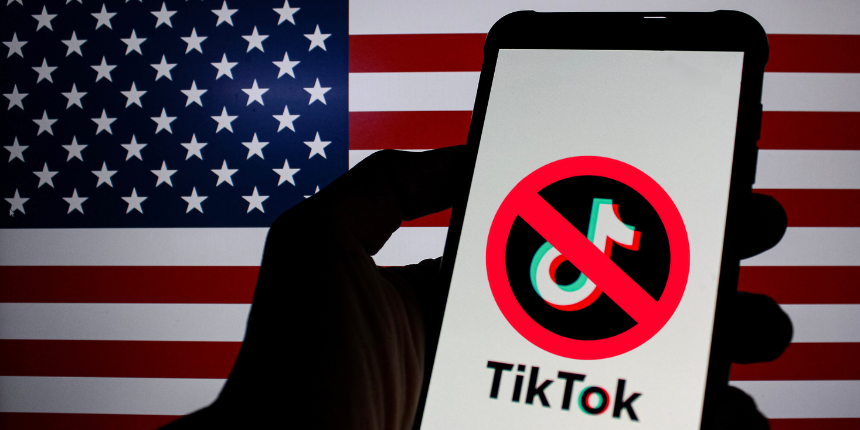
Amplify your reach and drive results with our tailored paid media strategies.

After several weeks of uncertainty leading up to TikTok owner ByteDance’s January 19 deadline to sell the app or see it banned in the US, its future is still unclear. While the decline of social platforms is not a new phenomenon (Myspace, Vine), we could be witnessing, for the first time, the demise of a platform that is not user-driven, all within the context of the modern advertising landscape.
Let’s explore the potential implications and key considerations that advertisers need to be prepared for as we enter this period of uncertainty.
The TikTok ban could mark the beginning of a new chapter in the US government’s oversight of digital advertising platforms. While companies like Meta and Google have long faced scrutiny over data privacy, misinformation, and monopolistic practices, tangible regulatory outcomes have been limited. However, TikTok’s imminent ban shows a willingness to take action—setting a precedent that could reshape the future of advertising in the US.
Many users have preemptively begun to migrate to other platforms, creating an opportunity to redistribute media spends to established social platforms like Instagram, YouTube, and Snapchat, or test into emerging platforms like BlueSky, Clapper, and RedNote (social media and ecommerce app Xiaohongshu, “China’s answer to Instagram”).
While RedNote’s viability and longevity in the US market remains to be seen (it may yet fall foul of the same ban facing TikTok), early adopters of these newer platforms could benefit from less saturated ad ecosystems and lower costs.
TikTok has been a key channel for engaging Gen Z and Millennial audiences in the US. Brands will need to rethink how to deliver similarly dynamic, trend-driven content elsewhere.
Will users maintain their engagement with alternative social platforms in the same manner, or will they attempt to replicate TikTok’s distinctive user experience and content dynamics on these video-based platforms, despite differences in algorithm-driven engagement and user interaction? All of this will be crucial to keep an eye on as brands evaluate how they show up on platforms either organically or through paid advertising.
A key component of the TikTok ecosystem is its creators, many of whom have cultivated large US-based followings. While larger influencers with strong footprints across major platforms will likely not be impacted, a vast majority of micro influencers stand to lose their primary platform for engagement. We’ve seen creators already start to encourage their followers to subscribe to their other social outlets, hence the preemptive mass exodus noted above.
While we don’t anticipate the power of influencer marketing to diminish, this shift will bring challenges to brands and influencers in maintaining influencer-driven momentum without TikTok’s viral culture.
Subscribe to our monthly newsletter.
Many small- and medium-sized businesses rely on TikTok for cost-effective advertising and organic reach. A ban will force these advertisers to adapt quickly, often with smaller budgets and fewer resources to pivot strategies to focus more on outside-the-box solutions like Google’s Performance Max.
TikTok Shop’s rise in popularity within the Tiktok ecosystem gave small ecommerce businesses a unique opportunity to easily reach users at scale and seamlessly facilitate sales directly on platform. This integrated shopping experience created a compelling incentive for users to make purchases without needing to leave the social platform.
With TikTok Shop’s momentum cut short, this leaves a gap in the social commerce space. While Meta attempted a similar feat with Instagram Shopping, this hasn’t taken off quite as well as they’d hoped. TikTok Shop’s success and sudden removal from the marketplace could prompt other platforms to revolutionize how they offer commerce solutions to brands and continue to drive significant growth opportunities to brands both large and small.
While a US TikTok ban presents immediate challenges, it also underscores the importance of diversifying advertising strategies and preparing for platform volatility that has the potential to change very rapidly. By working with your agency team to reallocate resources thoughtfully and remaining adaptable, advertisers can navigate this disruption while continuing to connect with key audiences.
Amplify your reach and drive results with our tailored paid media strategies.
Amplify your reach and drive results with our tailored paid media strategies.
Subscribe to our monthly newsletter.